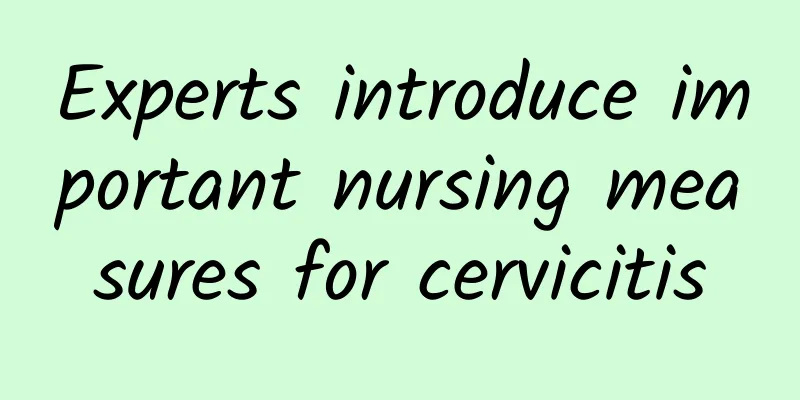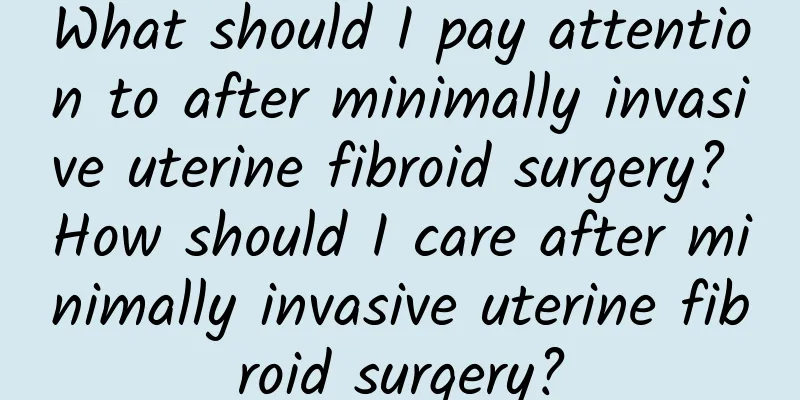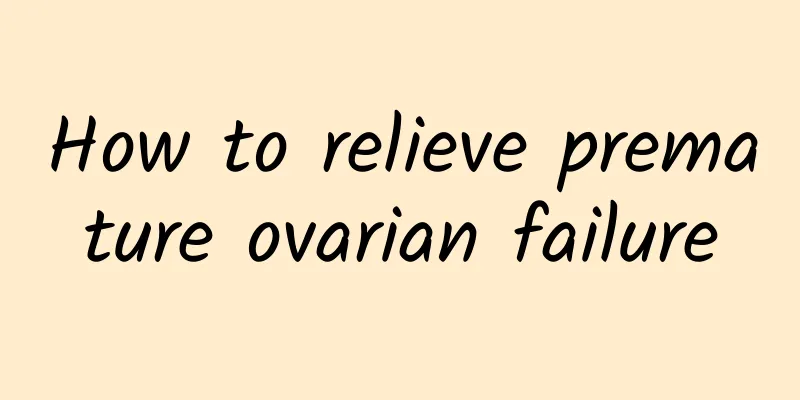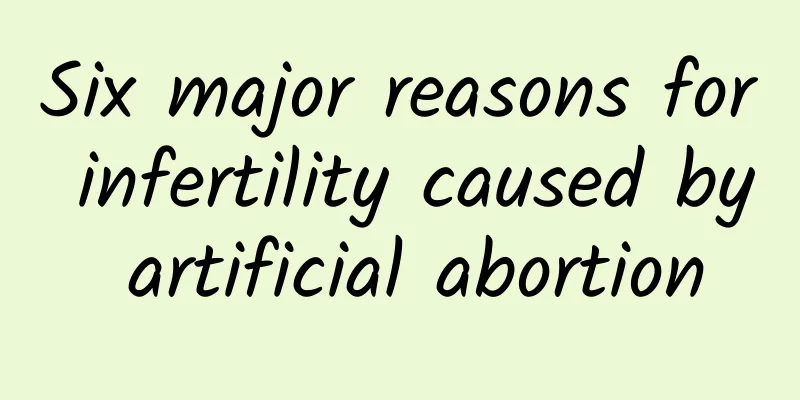How is surgical treatment of benign ovarian cysts performed?
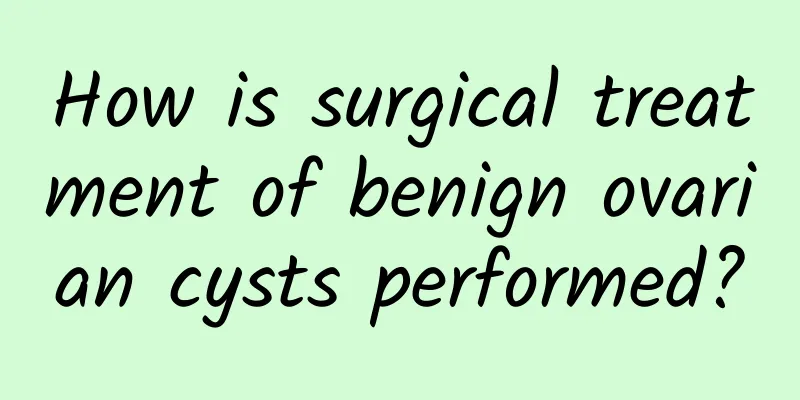
|
Cysts and tumors are basically the same thing, and they can be divided into benign and malignant. Benign tumors are relatively easy to treat, while malignant ones will mostly turn into cancer and become incurable. Ovarian cysts are relatively common in gynecology, and they are very harmful. So, how to perform surgical treatment on benign ovarian cysts? Regarding the question of how to perform surgery for benign ovarian cysts, gynecologists gave a clear answer: 1. Ovarian cystectomy: Most of these patients have no menstrual disorders, and some even have complicated pregnancy. If the tumor on one side is more obvious, a salpingo-oophorectomy on the affected side can be performed. 2. Salpingo-oophorectomy for unilateral ovarian cysts. For bilateral ovarian cysts occurring in older patients (over 45 years old), unilateral or bilateral oophorectomy is usually performed. For patients who are not fit for surgery due to general condition or who have severe inflammation, total hysterectomy is often performed. It is worth noting that for the surgical treatment of larger ovarian cysts, the size of the incision should be disregarded and complete resection is appropriate to avoid rupturing the patient's pulse and allowing the contents to spill into the abdominal cavity or incision. During the operation, attention should be paid to the patient's pulse, breathing, and blood pressure changes. When necessary, infusion or blood transfusion, oxygen infusion should be accelerated. Early detection of acute gastric dilatation, paralytic intestinal obstruction, and the resulting water and electrolyte imbalance and blood chemistry changes should also be prevented. 3. Adnexectomy and total hysterectomy: For unilateral or bilateral ovarian cysts in women who are near menopause or menopause and whose general condition is not suitable for the surgery, bilateral adnexectomy and total hysterectomy are appropriate, but this will seriously affect endocrine disorders. From this, it can be seen that benign ovarian cysts can still be treated surgically, and most patients will recover and return to a normal life. In short, I hope that the majority of female friends will pay more attention to ovarian health and avoid diseases. Special topic on ovarian cysts: http://www..com.cn/fuke/ncnn/ |
<<: What is the best way to treat ovarian cysts?
>>: How to self-diagnose whether you have uterine fibroids?
Recommend
The 10 worst lunch combos: American food
Modern people are busy at work during the day, so...
Is it okay to have another surgery if ovarian cyst recurs after surgery?
Regarding the treatment of ovarian cysts, surgica...
What should we pay attention to in daily life when we have cervical warts?
Cervical warts are prone to recurrence and are a ...
The dangers of surgery for cervical precancerous lesions
When it comes to cervical precancerous diseases, ...
Several major uterine fibroid care methods that women need to know
Uterine fibroids are a type of malignant tumor. I...
How to protect the fetus in case of habitual miscarriage
How to protect the fetus in case of habitual misc...
How to deal with irregular menstruation during menopause? What should women pay attention to when they have irregular menstruation?
What should we do if we have irregular menstruati...
Pay attention to purulent vaginitis!
As the number of patients with vaginitis increase...
Symptoms of vaginitis
Vaginitis is an inflammation of the vaginal mucos...
What are the 7 symptoms that indicate premature ovarian failure?
Generally, there is no saying that there are 7 sy...
A brief description of the symptoms of pelvic inflammatory disease
Nowadays, there are many women suffering from pel...
These four types of pelvic inflammatory disease examination items
Many people may not know much about the examinati...
What are the precautions for patients with vulvar leukoplakia?
It is very necessary for every patient to know th...
How to prevent hyperprolactinemia in daily life
Clinically, infertility caused by hyperprolactine...
Women should take good care of the prevention of dysmenorrhea
The onset of dysmenorrhea varies from person to p...
